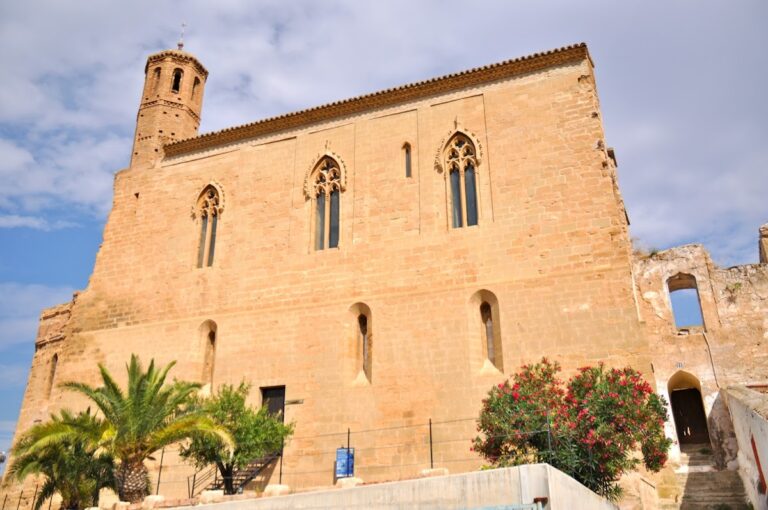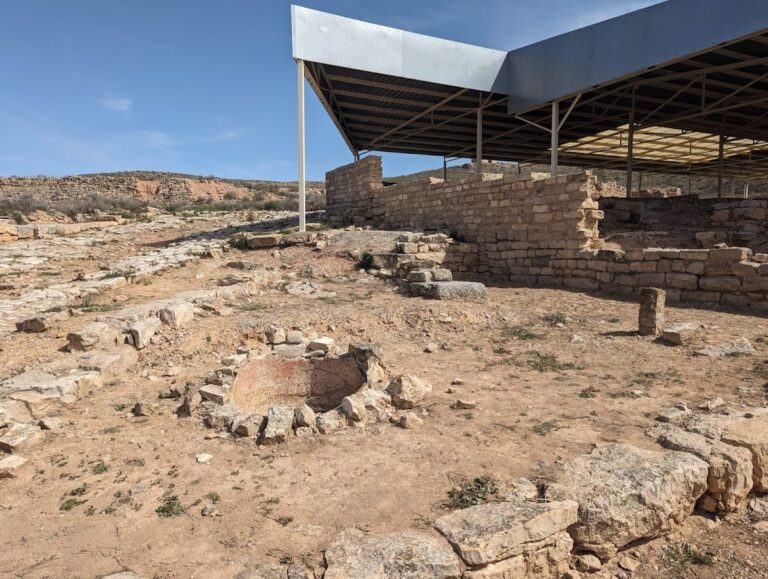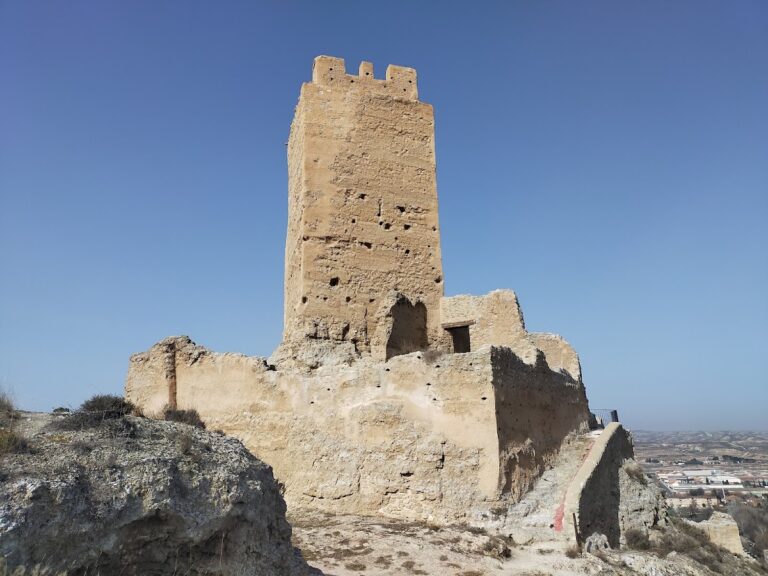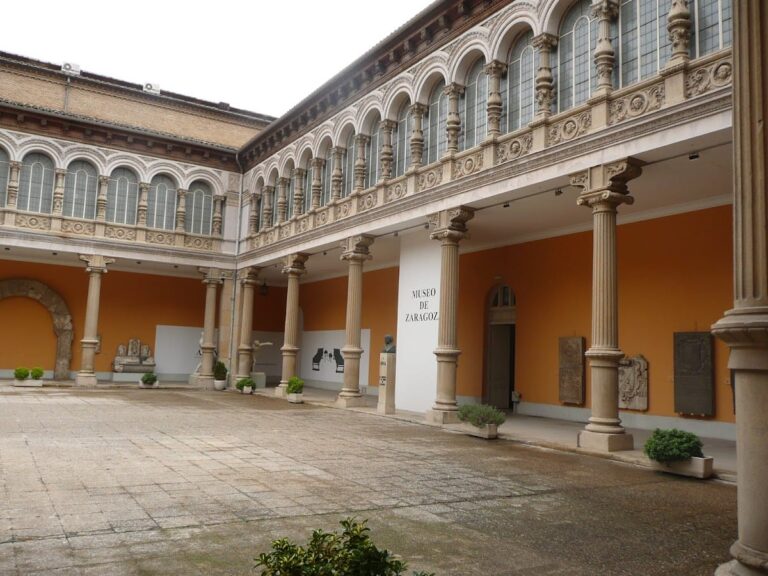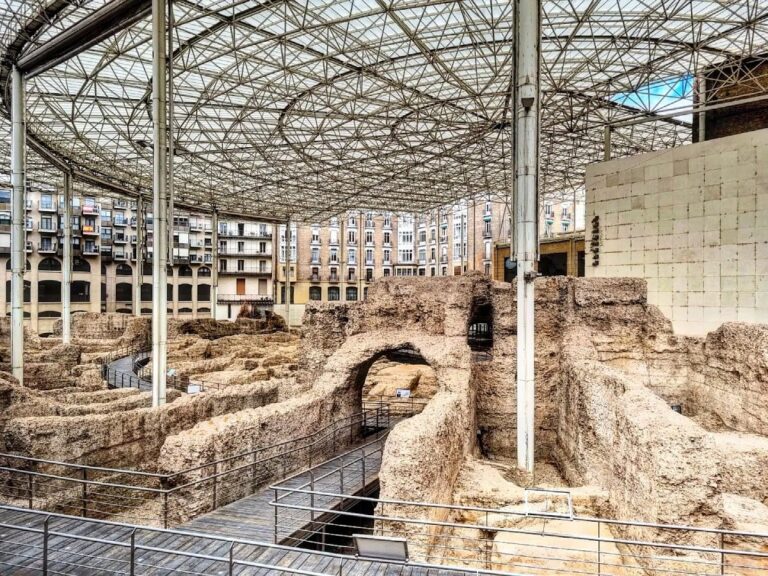Almonacid de la Cuba Dam: A Roman Hydraulic Engineering Marvel in Spain
Visitor Information
Google Rating: 4.6
Popularity: Low
Google Maps: View on Google Maps
Official Website: turismoalmonaciddelacuba.com
Country: Spain
Civilization: Roman
Remains: Infrastructure
History
The Almonacid de la Cuba Dam is located in the municipality of Almonacid de la Cuba, within Zaragoza province in the Aragon region of Spain. It was built by the Romans in the 1st century AD during the reign of Emperor Augustus. The dam stands on the Aguasvivas River and reflects Roman efforts to manage water resources in this part of the Iberian Peninsula.
Initially, the site featured an earlier dam with three arches, but this structure was damaged by flooding, possibly even before its completion. Following this failure, the Romans rebuilt the dam as a gravity dam, a type of structure that relies on its own weight to hold back water. This reconstruction incorporated parts of the original three-arched dam, showing a phased approach to its development.
During the 1st and 2nd centuries AD, the dam underwent several repairs and improvements. Notably, under Emperor Claudius, maintenance work was carried out, and later under Emperor Trajan, the dam’s height was increased. This heightening likely addressed sediment buildup in the reservoir, ensuring continued water storage capacity.
In the medieval period, the dam came under Moorish control. The Muslim occupants abandoned it in the 13th century but later reused the structure. During this time, the dam served as a water barrier to raise water levels for irrigation, supporting agricultural activities in the region.
Over time, the dam’s role shifted from general water regulation and supply, possibly aiding the nearby settlement of Pueyo de Belchite, to functioning primarily as a diversion structure. It channeled water through an 8-kilometer Roman canal to irrigate lands in the Belchite area.
In modern times, the dam has remained functional. It was restored in 2019 and continues to support irrigation needs. In 2024, it notably protected the town of Almonacid de la Cuba from flooding. Recognizing its historical and cultural importance, the dam was declared a Bien de Interés Cultural, or Cultural Interest Asset, in 2001.
Remains
The Almonacid de la Cuba Dam is a gravity dam measuring 34 meters tall, 120 meters long, and 27 meters wide. It is the tallest surviving Roman dam in the world. The dam creates a reservoir capable of holding about six hectometres cubed of water, enough to supply approximately 90,000 people.
Constructed using Roman concrete, the dam’s core consists of a mixture of stones, sand, lime, and water. Its exterior is faced with carefully placed stone blocks, which provide durability and stability. The structure incorporates remains of the earlier three-arched dam within its body, revealing the stages of its construction and repair.
The dam has been well preserved, maintaining its structural integrity and continuing to function after nearly two thousand years. Modern restoration efforts have supported its conservation. In 2020, walkways and footbridges were added.
Connected to the dam is an ancient Roman irrigation canal approximately 8 kilometers long. This canal was used to divert water from the reservoir to irrigate agricultural lands in the Belchite region, demonstrating the dam’s role in supporting local farming.
Overall, the Almonacid de la Cuba Dam remains an exceptional example of Roman hydraulic engineering, with its original materials and design still largely intact and operational.





